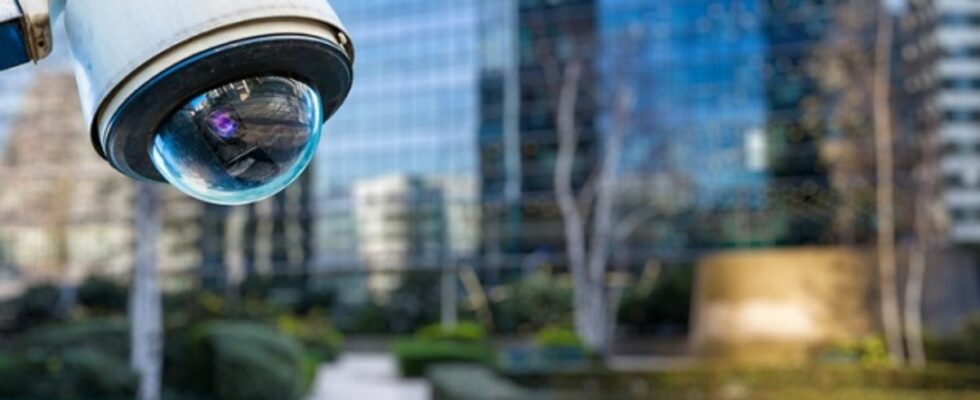The Olympic and Paralympic Games in Paris, which will be held from July 24 to September 8, 2024, raise immense questions of security on national territory.
Among the measures that should be put in place, the government plans to install “augmented” cameras in strategic public spaces to detect suspicious behavior in real time in the crowd of visitors.
This system is introduced in the security bill relating to the 2024 Olympics, which will be discussed in the Senate on January 24.
This is a strictly experimental measure which will only apply to very large sporting and cultural events and is not intended to continue beyond June 30, 2025.
Biometric data excluded from the device
In the field of remote surveillance, the government is indeed walking on eggshells. The National Commission for Computing and Liberties (CNIL) this summer set red lines not to be crossed concerning the deployment of video devices using AI in the public space.
In the same opinion as the CNIL, the Council of State has also taken this subject very seriously by prohibiting in the past the police headquarters from capturing images by drone for the purposes of police surveillance, during demonstrations on the road public or as part of the containment measures in force in 2020.
In its opinion on the bill, issued on December 8, 2022, the CNIL recognized that the “guarantees provided for by the bill make it possible to limit the risks of breaches of the data and privacy of individuals, and go in meaning of the recommendations formulated by the CNIL”.
Predetermined events in the viewfinder
In order not to reproduce the excesses of the past, the automatic processing of images is strictly limited to “predetermined events”, immediately excluding biometric data and facial recognition.
By “predetermined events”, we must understand acts “likely to present or reveal these risks and to report them with a view to the implementation of the necessary measures”, specifies the text. This includes in particular the reporting of forgotten luggage on a metro platform, crowd movements at the exit of stadiums or even the study of the density of people gathered per square meter that could jeopardize safety.
Great ills call for great remedies, these algorithmic treatments on captured images are intended to prevent all types of risks, from the start of fires to the risk of attacks.
Once these reports have been retrieved via video surveillance devices and drones, they are sent to the national police and gendarmerie services, the fire and rescue services, the municipal police services and the internal security services of the SNCF and the Autonomous Paris Transport Authority (RATP) to intervene.
